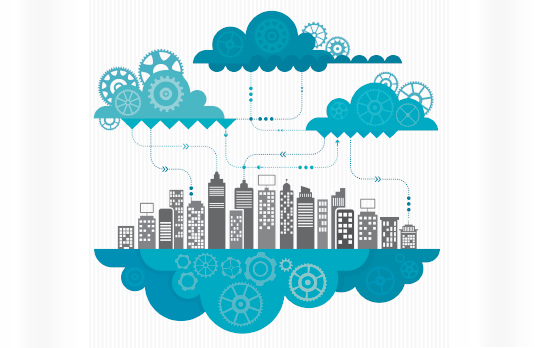Thinking of implementing a Human Resource Management System (HRMS) in your organisation?
Great decision!
By automating a number of repetitive or manual HR operations, an HRMS empowers an organisation to improve its strategic outcomes and long-term business performance.
But what kind of HRMS should you deploy?
Here is a point-by-point comparison of HRMS on Premise Vs HRMS Cloud to help you decide what works better for your organisation.
- Ease of access and speed of installation
If you have all the necessary hardware and a skilled IT team, then in-house installation of on-premise HRMS may work for you. But if you lack the budget or skills for installation, then go for cloud HRMS. Furthermore, the lack of any on-premise hardware or software makes cloud HRMS installation faster and easier. However, this last advantage may depend on your Internet connectivity. If you don’t have a good Internet connection (required for Cloud HRMS to work effectively), then choose on-premise HRMS.
- Ease of use and maintenance
Cloud HRMS systems can be more intuitive and user-friendly. This reduces personnel training times. It also makes integration within existing systems easier and therefore less ‘intrusive’ to adopt.
An on-premise HRMS requires manual upgrades and maintenance by in-house IT personnel which may affect your firm’s overall productivity. In contrast, a cloud HRMS provider will take care of all necessary updates and maintenance, taking the burden off you.
- Data security
An on-premise HRMS provides some data security reassurance and an appearance of control because you have full ownership of data that is secured behind your own firewall. So, if you’re confident about your in-house security and data backup systems, implement on-premise HRMS. But if you feel you cannot manage all your sensitive data, then you may be better off storing and securing it with cloud-based HRMS.
- Cost differences – short-term vs long-term
With cloud HRMS, the regular subscription or ‘pay as you go’ model is an important benefit. With on-premise HRMS, you have to bear upfront hardware and software installation costs, plus significant costs for preparations, configuration and implementation. Thus, entry cost is often lower for cloud-based HRMS.
At the same time, subscription fees for cloud HRMS can add up and significantly increase its total ownership cost over time compared to HRMS on-premise costs.
- Business size, flexibility and capitalization of investment
An on-premise HRMS is more suitable for firms with 100+ employees and offers greater flexibility and ease of integration, customization and personalization. Its investment can be capitalized and its value depreciated, which is very difficult to do with a cloud-based HRMS.
There is no right or wrong choice between Cloud HRMS and On-premise HRMS. Both systems carry advantages and drawbacks. Therefore the HRMS solution you select and deploy should primarily depend on your available resources, IT strategy, budget and business need.
Spine HR Suite is an integrated, comprehensive HRMS that simplifies many HR tasks to help firms reduce their operational costs, improve their productivity and enhance decision-making. For more information on how this popular HR solution can benefit your organisation, contact us.

